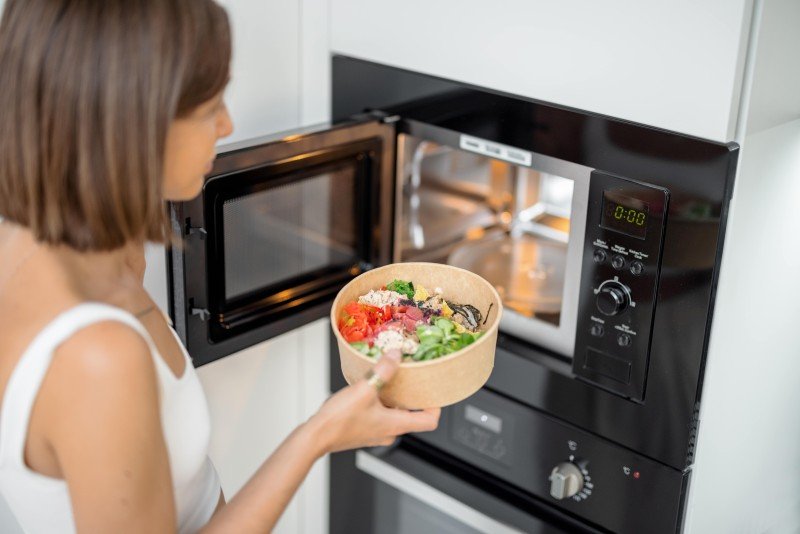10 Places That You Can Find Fan Oven Sale

Understanding Kitchen Ovens and Hobs: A Comprehensive Guide
The kitchen is frequently referred to as the heart of the home, and for great reason. It is where households come together, meals are prepared, and memories are developed. Central to this cooking sanctuary are 2 important devices: the kitchen oven and the hob. Understanding their features, types, and functionalities is important for effective cooking and can substantially boost a home chef's experience. This post will delve into the world of kitchen ovens and hobs, analyzing their numerous types, benefits, and suggestions for making notified options.
Tabulation
- Intro to Kitchen Ovens
- Types of Ovens
- Conventional Ovens
- Convection Ovens
- Microwave Ovens
- Steam Ovens
- Comprehending Hobs
- Kinds of Hobs
- Gas Hobs
- Electric Hobs
- Induction Hobs
- Benefits of Using Ovens and Hobs
- Choosing the Right Oven and Hob for Your Kitchen
- Upkeep Tips for Ovens and Hobs
- FAQs
- Conclusion
1. Introduction to Kitchen Ovens
Ovens are vital home appliances in contemporary kitchens. They provide a regulated environment for baking, roasting, and broiling food. With numerous styles and functionalities, selecting the best oven can drastically impact cooking times, food texture, and taste.
2. Types of Ovens
Standard Ovens
Conventional ovens are the most typical type found in homes. They use either electric or gas power to warm the interior and usually include a single cooking area.
Benefits:
- Versatile for baking, roasting, and broiling.
- Typically inexpensive.
Convection Ovens
Convection ovens are similar to standard ovens but come equipped with a fan that circulates hot air throughout the cooking chamber. This results in even cooking and browning.
Advantages:
- Reduced cooking times due to enhanced airflow.
- Boosted browning and crisping of foods.
Microwave Ovens
Microwave ovens utilize electromagnetic radiation to heat food quickly, making them practical for defrosting and reheating leftovers.
Advantages:
- Very quick cooking times.
- Energy effective.
Steam Ovens
Steam ovens use steam to cook, protecting the moisture and nutrients in food. They are particularly popular among health-conscious cooks.
Advantages:
- Healthier cooking alternative.
- Retains vitamins and minerals in food.
3. Understanding Hobs
Hobs, also called cooktops, are the flat surfaces on which pots and pans are placed to cook food. They can be integrated into kitchen counter tops and are available in various styles, fuel types, and styles.
4. Kinds of Hobs
Gas Hobs
Gas hobs use gas burners as their heat source, using instantaneous heat and precise temperature control.
Advantages:
- Excellent control over cooking heat.
- Typically cheaper to operate than electric ones.
Electric Hobs
Electric hobs heat utilizing electric coils or glass surfaces. They may take longer to heat up than gas, but they supply a smooth cooking surface area and are easier to clean up.
Advantages:
- Even heat distribution.
- Safe, as there's no open flame.
Induction Hobs
Induction hobs use electromagnetic energy to straight heat pots and pans. They need compatible pots and pans and offer instant responsiveness.
Benefits:
- Highly energy-efficient.
- Faster cooking times and accurate temperature control.
5. Advantages of Using Ovens and Hobs
Both ovens and hobs featured their own unique set of benefits that can enhance any cooking experience. Here are a few crucial advantages:
- Diverse Cooking Options: Both appliances permit a series of cooking methods consisting of boiling, frying, roasting, baking, and steaming.
- Time Efficiency: Modern ovens and hobs frequently include fast cooking settings, which conserve time in the kitchen.
- Precision Cooking: With innovative functions, users can achieve better lead to temperature level control and cooking times.
6. Picking the Right Oven and Hob for Your Kitchen
When selecting the ideal oven and hob, numerous elements should be thought about:
- Size: Ensure that the appliance fits easily in your kitchen space.
- Cooking Style: Consider what kinds of food you frequently prepare.
- Fuel Type: Whether gas or electric, consider schedule and effectiveness in your area.
- Spending plan: Determine your budget plan and discover appliances that fulfill your needs within that variety.
List for Choosing Your Oven and Hob:
- Assess kitchen space.
- Recognize your cooking choices.
- Determine source of power accessibility.
- Compare features and specs.
- Set a budget plan variety.
7. Upkeep Tips for Ovens and Hobs
Routine upkeep is vital for keeping ovens and hobs in ideal condition. Here are some upkeep tips:
- Clean Regularly: Wipe down surfaces after each usage and deep clean occasionally.
- Examine Seals: For ovens, inspect door seals to ensure they are airtight.
- Examine Burners: For gas hobs, keep burners devoid of food particles to maintain effective heating.
- Change Filters: If your oven has a filter, change it as advised by the producer.
8. Frequently asked questions
1. What is the difference between a conventional oven and a convection oven?Conventional ovens
cook food through convected heat, while stove flow hot air, resulting in quicker and more even cooking. 2. Do induction hobs need special cookware?Yes,
induction hobs need ferrous pots and pans that is capable of being magnetized to work effectively. 3. Electric Ovens Online ?For health-conscious people or those who typically prepare veggies and fragile foods, steam ovens can be worth the investment
due to their ability to keep nutrients. 4. Can I combine an oven and hob into one unit?Yes, many producers offer combined systems understood as variety cookers, which incorporate both an oven
and hob into a single device. 9. Conclusion Kitchen ovens and hobs are important parts of any cooking space, each offering distinct functions and functionalities suited for different cooking designs.
By comprehending the
kinds of ovens and hobs readily available, their advantages, and how to maintain them, home chefs can cultivate a more effective and pleasurable cooking experience. Whether one is a skilled cook or a newbie, making notified choices about these important kitchen devices is essential.

